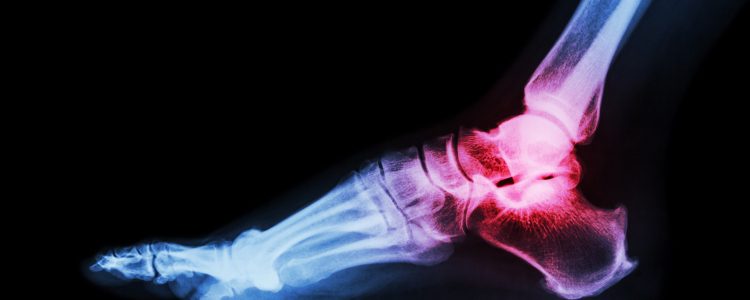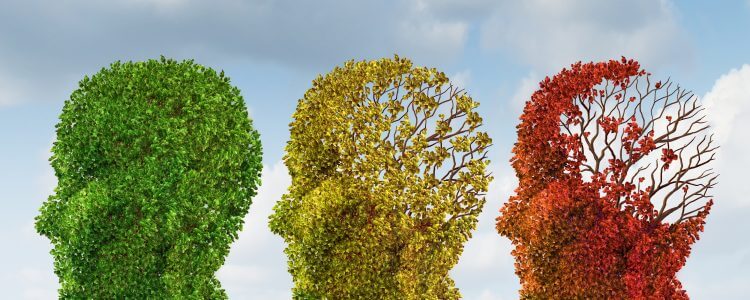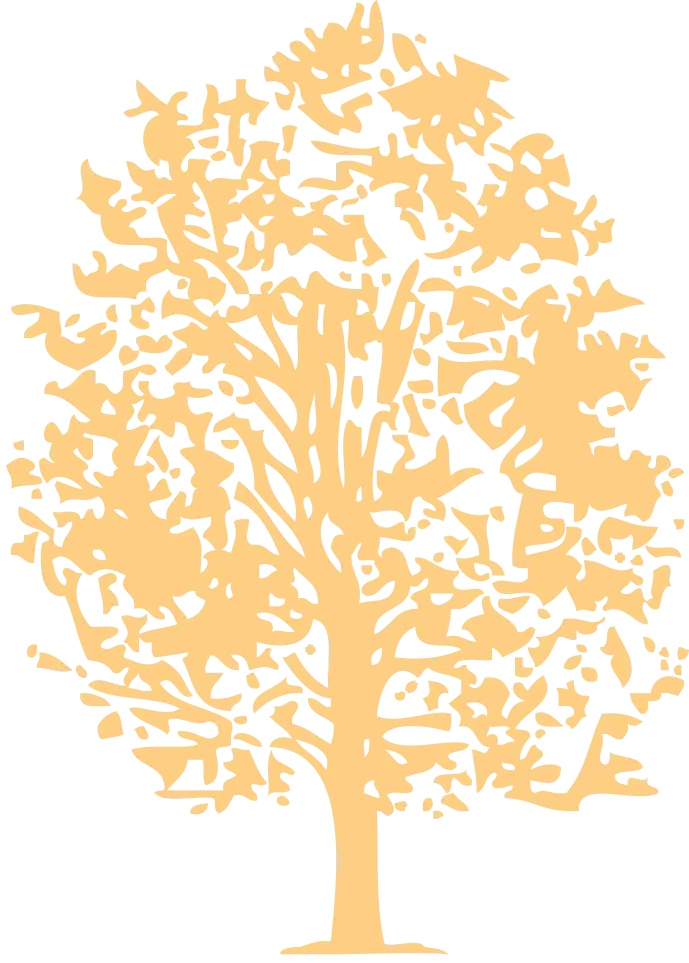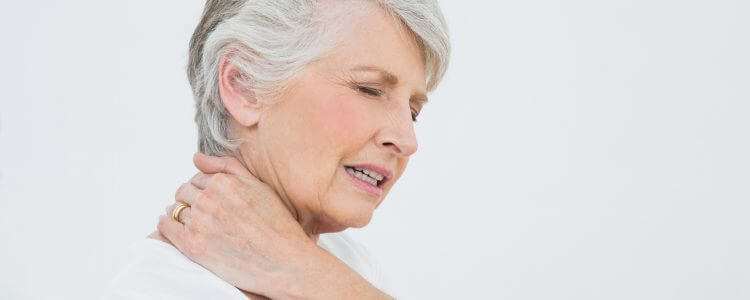
Ankle and Foot Arthritis: What You Need to Know
March 19, 2019
How to Reduce the Risk of Dementia
May 16, 2019Neck pain is considered as one of the most common medical conditions that can be experienced by young adults to seniors. The pain brought can start mild to severe, depending on the root cause.
Neck pains can be due to various conditions such as:
- Neck strain
- Osteoarthritis
- Cervical spondylosis
- Degenerative disc disease
- Spinal stenosis
- Poor posture
- Muscular tightness
- Neck injury such as in whiplash
- Osteoarthritis of the cervical spine
- Herniated disc
- Pinched nerve (cervical radiculopathy)
Among these medical conditions, the most common that causes neck pain are muscular tightness, osteoarthritis of the cervical spine, and disc herniation.
Before tackling the common causes of neck pain, let’s discuss the actual symptoms that reveal that you’re experiencing neck pain. Neck pain may start as a dull aching sensation that worsens when moving the neck.
Muscular Tightness
Muscular tightness, commonly referred to as stiff neck, is the condition characterized by soreness of the neck muscles causing difficulty in the movement. Aside from the pain in the muscles itself, patients may also feel headache depending on the severity of the tightening in the muscles.
Most are familiar even in the slightest symptoms of a stiff neck, may it occur upon waking up in the morning or may occur at any time of the day. Most often, the pain will resist within a day or week without the needs of medical intervention. However, for cases that are more severe or last for weeks, it is highly advised to visit a physician. In addition to that, if the pain comes and go
Osteoarthritis of the Cervical Spine
The osteoarthritis of the cervical spine or cervical spondylosis is the medical condition which involves changes in the bones, discs, and joints in the neck area.
Just like other variations or types of osteoporosis, cervical spondylosis is the result of normal wear and tear in the spine. As we grow older, the discs of the cervical spine age as well causing a gradual break down as it becomes stiffer than usual. The symptoms of cervical spondylosis may occur to middle age to senior people.
Disc Herniation
Disc herniation is a medical condition that deals with issues on one of the rubbery cushions located between the individual bones or vertebrae that stack up to make the spine.
The spinal disc has a jelly-like appearance that is encased in a durable cover. The disc herniation is also called as the ruptured disc or slipped disc.
Disc herniation happens when the jelly-like part of the disc pushes out of the cover. This medical condition can irritate nearby nerves that cause weakness, numbness, and pain. In some cases, people don’t experience any of the symptoms of disc herniation if the situation is not severe.
Even though neck pain is a common condition, it is still best to consult a trusted doctor in case you’re experiencing symptoms that affect your day-to-day activities. Also, keep in mind that prevention and keeping your body healthy are still the key to avoiding the condition from taking place.
Sources:
https://www.spine-health.com/conditions/neck-pain/stiff-neck-causes-symptoms-and-treatment
https://www.mayoclinic.org/diseases-conditions/herniated-disk/symptoms-causes/syc-20354095
https://www.medicinenet.com/neck_pain/article.htm
https://www.webmd.com/osteoarthritis/cervical-osteoarthritis-cervical-spondylosis#1


